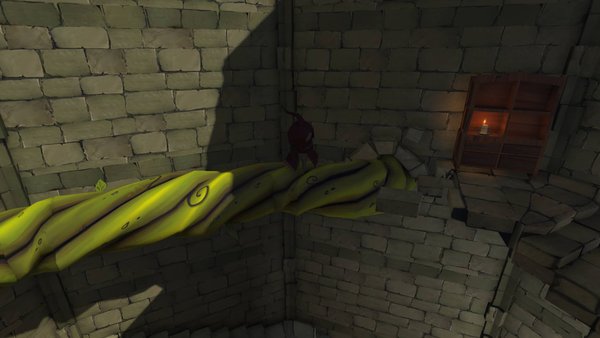
Project information
Made by Britta Amons, Claudia Bronneberg and myself. The audio was made by Runic Sounds.
Made in Unity.
Finished june 2016.
HKU student project.
Based on a previous project made by Claudia, Britta and other artists.
About I'm Fine
Target group: People of 12+ who want to understand what their depressed loved ones are going through.
Singleplayer
Summary: An experience explaining depression. The game follows the story of Amandus who sinks into a deprssion and has to climb his way back to happiness.
_________________________________________________________________________________________________________________________________________
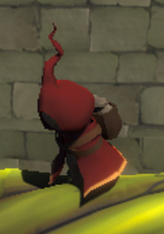
.jpg)
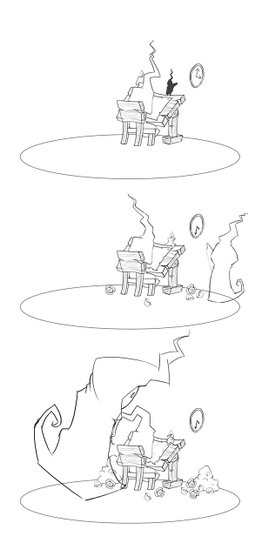
Narrative: Metaphors
In our game Amandus literally climbs back to happiness by climbing a tower. This tower is a symbol for his thoughts and feelings and all the challenges he must overcome in the tower have a relation to his depression. During his climb he is confronted with his own demons in the form of Shadow Amandus who is responisble for the creation of the challenges that Amandus faces.
Narrative: Amandus
Amandus is an architect who becomes depressed due to his all encompassing perfectionism. He wants to create the perfect buildling but he can't, because nothing can be perfect. The tower is a symbol of the project that he struggles so much with. As he works his way out of the tower and his depression, he is slowly completing the project that got him blue in the first place. Along the way he learns how to deal with his unrealistic expectations.
Narrative: Visual and audio
The narrative is told visually through elements such as Shadow Amandus, the tower, the colours, Amanuds' walking speed and composure. Everything that we put into the game had to serve either to clearify or empower the narrative. (Concept art on the left made by Claudia Bronneberg.)
Another element we used was a voice over. Amandus is working to overcome his depression and is getting help from a psychologist. Unitl he seeks help Amandus only goes down further in the tower, but after he gets help he can also go up (with the occasional relapse).
The psychologist can be heard in the tower as he gives advice on how to overcome depression or deal with perfection in short quotes. These sentences are not only related to the narrative but to the gameplay as well.
Game mechanics
When I started on the project, the concept of the tower was already there. A lot of the narrative details mentioned above we added during the course of this project and we iterated on the existing ideas. One thing that had to be made from scratch was the gameplay. We wanted it to be intergrated into the narrative so I started brainstorming based on what we had.
In the end the character design of Amandus served as an inspiration to the game mechanic we actually used. Amandus carries a backpack full of stones with him which symbolizes the weight of his depression. I thought the mechanic could use this as a base where the player has to build his way up into the tower using the stones that Amandus carries. The happier Amandus, the lighter the backpack, thus the fewer the stones the player can use to build his way up into the tower which increases the difficulty. After some testing and iteration the actual building mechanic and its rules were set. This is displayed on the left, below the concept art.
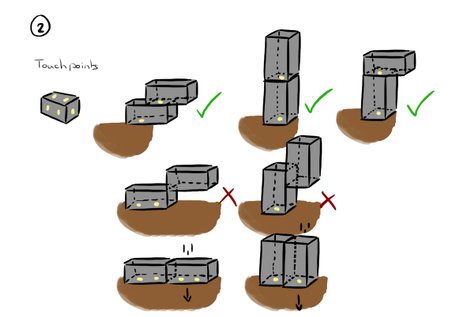
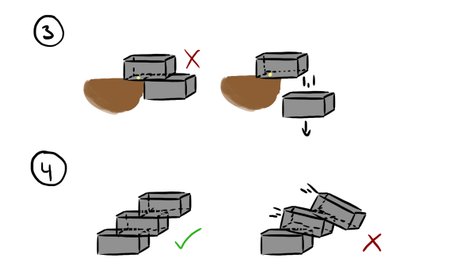
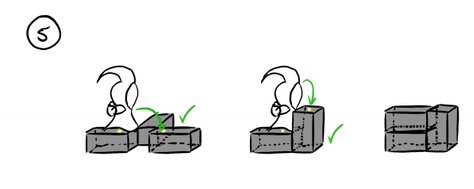
Level design: paperprototype
When the mechanic was set I got started on the level design. I started with thinking of puzzles the player could complete with three blocks. I had a few puzzles thought out and started testing those. I ran into two problems. The first was that the blocks in my puzzles were rectangles (2 by 1 by 1) and I was testing with lego where the block measurements are slightly different (2 by 1 by (roughly) 0.75). This caused confusion among the testers and made the puzzles harder than they really were. The second was that the puzzles really were too hard. Only one of my testers solved it and it took her half a day (contacting me long after the test was over to check if she had been right).
Ideally I would have liked to solve the material problem right there during the test but alas I couldn't. So I went home and tried various other materials. Paper was to thin and easily crushed. I figured I could make the touch points of the blocks (as shown in the mechanic images) with kneaded eraser so the testers could easily see what was possible (something that was clear while using lego but not when using other materials) and stick the blocks together instead of trying to hold all of them up at once. Cardboard failed the test because the kneaded eraser became too heavy which made them topple over all the time. Finally I settled for clay, which was a little unstable because the blocks weren't all flat, but had none of the other problems listed above. A picture of my paperprototype can be found below.
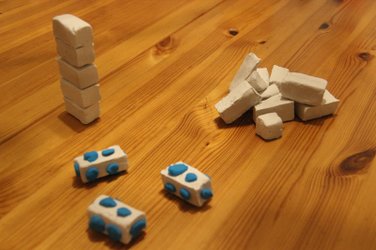
Level design: Puzzles
My mistake with the first puzzle was that it had required too many thinking steps for people who weren't familiar with the game mechanics. So I created a set of tutorial puzzles (number 1 to 5 in the pictures above) where each rule and option of the game mechanics were highlighted. The already existing puzzle combined everything into one final 'boss' puzzle (number 6 in the pictures above (shown how to solve step-by-step)).
The second time I tested this all the tutorial puzzles and boss puzzles were solved within an acceptable time limit (10 minutes). The puzzles took an increasing time to complete confirming that the order and increasing difficulty of the puzzles was right.
Portfolio site of Merlin Woudstra
mlwoudstra@gmail.com